You know that the market is a place with a lot of potential risks, right? Have you equipped yourself with strong enough strategies and fighting tools to protect your investment? In today’s article, I will show you about Fixed Fractional Trading Strategy – a method of risk prevention, maximum profit, trusted by top traders. Let’s go!
What is Fixed Fractional Trading Strategy?
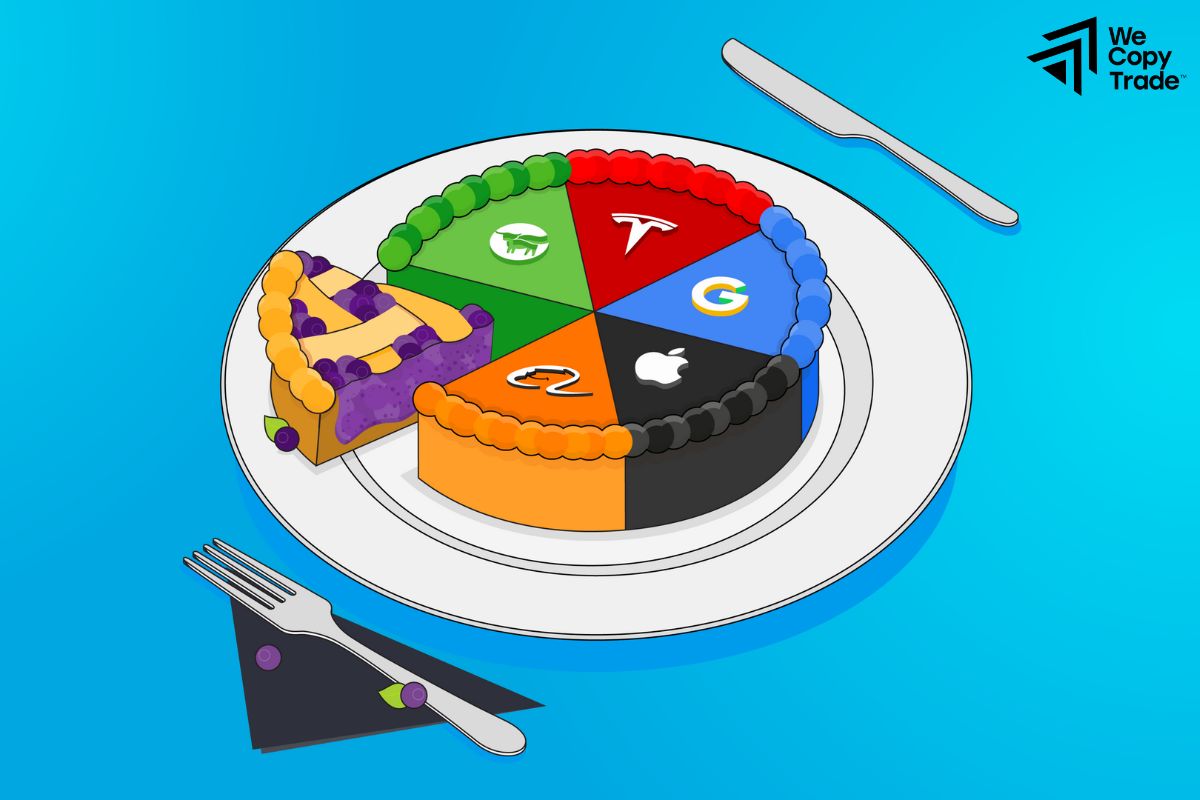
Fixed Fractional Trading Strategy is a simple yet effective capital management strategy. Instead of betting a fixed amount on each trade, you will bet a certain percentage of your trading account on each trade.
For example, you can decide to risk only 2% to 10% of your account on each trade.
By allocating capital appropriately, you limit your losses if a trade turns out to be a loss. You also have the flexibility to adjust the number of shares or contracts traded based on the risk level of each trade. Moreover, the fixed fraction calculation formula is quite simple, suitable for both new and experienced investors.
See more:
- Tips Simplify Your Financial Risks Management Process
- What is interest rate risk? How to manage interest rates
- Foreign Exchange Risk Mitigation Effectively In 5 Minutes
- Market Risk Mitigating and Managing Guidelines Most Simple
Benefits of the Fixed Fractional Trading Strategy
The fixed fraction method is a useful tool for investors to manage risk and maximize profits. By applying this method, you will allocate a fixed percentage of your trading account to each trade, helping you to:
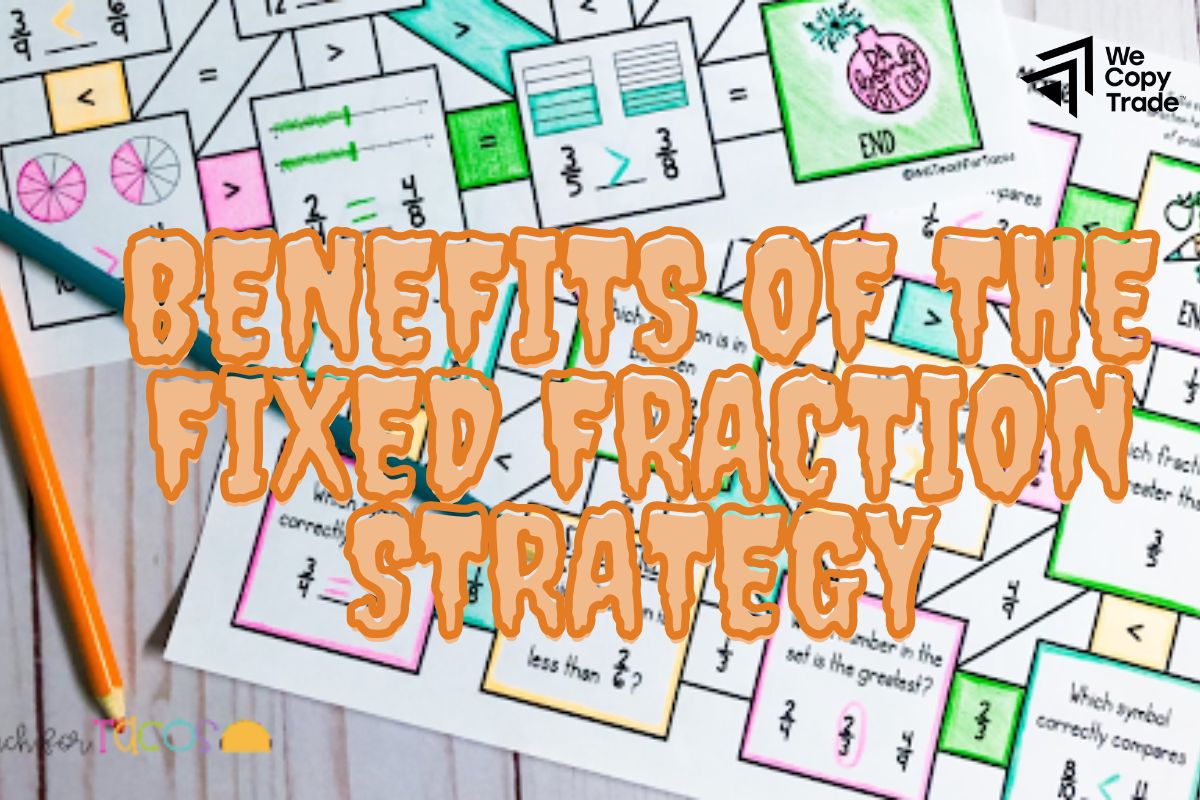
- Minimize losses if a trade goes wrong, helping you maintain your trading account.
- By following a clear rule, you will avoid emotional trading decisions, helping you focus on your set strategy.
- Effective risk management gives you more confidence in your trading decisions.
- This method allows you to increase your position size slowly and steadily as your account grows, helping you achieve your long-term financial goals.
With a simple calculation formula, easy to apply in real trading combined with the way to limit the amount of investment in each transaction, forcing you to adhere to a clear trading plan, helping you minimize the impact of a losing transaction on the entire account. You can also easily and flexibly adjust the risk percentage to suit each transaction and market situation.
Calculating Trade Sizes with Fixed Fractional Strategy
Formula for calculating number of contracts/shares:
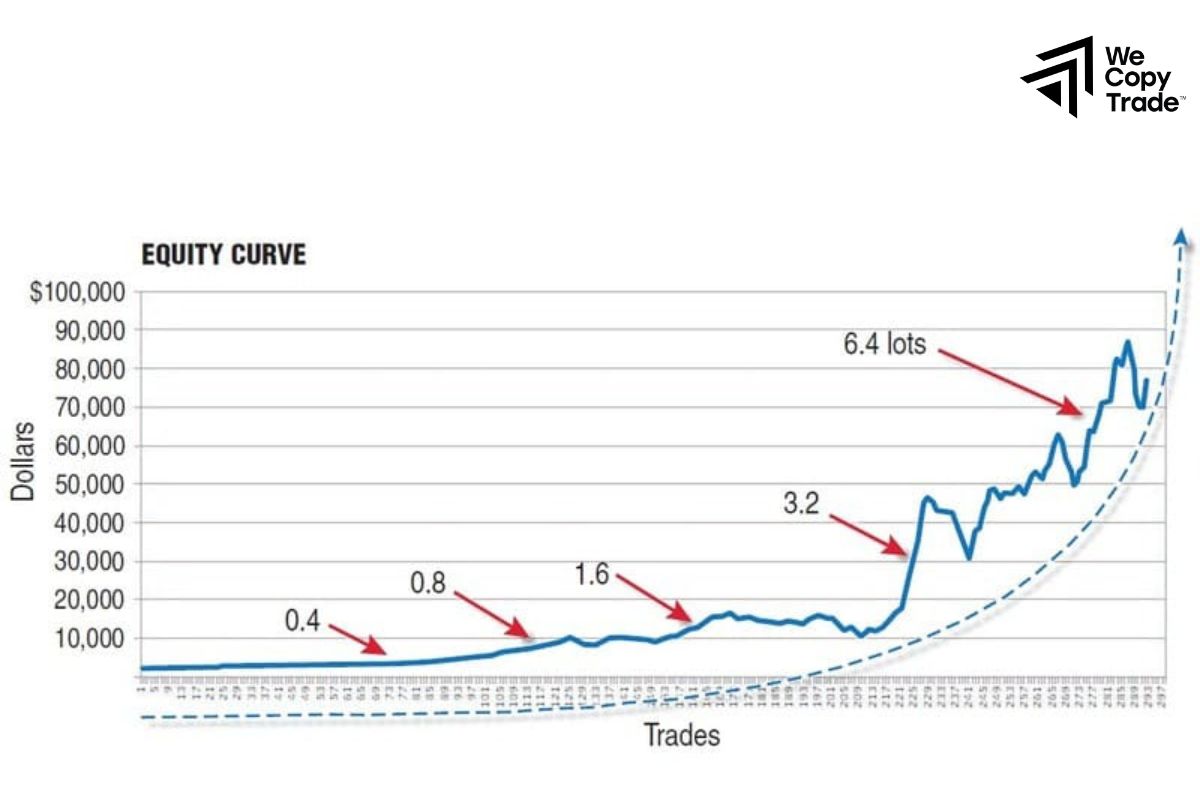
N = (f * equity) / |trading risk|
Where:
- N: Number of contracts or shares you should trade
- f: Percentage of account you want to risk on each trade (e.g. 2%, 5%, 10%)
- Equity: Total amount of money in your trading account
- Trade risk: Maximum amount you are willing to lose on a trade (taken in absolute value)
For example:
If you have a $20,000 account, want to risk 5% on each trade, and estimate your maximum loss on a trade to be $3,500, then the number of contracts you should trade is:
N = (5% * $20,000) / $3,500 ≈ 0.29
Since it is not possible to trade 0.29 contracts, you will round up to 1 contract.
Implementing Fixed Fractional Trading Strategy
To successfully apply the Fixed Fractional Trading Strategy method, you need to follow these steps in sequence:
Determine your acceptable risk level
Decide on the percentage of your account you are willing to risk on each trade. For example, you can choose to risk 2% or 5% on each trade. This risk level can vary depending on your experience and goals.
Calculate your position size
Use a formula to calculate the number of shares or contracts you should trade based on your set risk level and account value. The position size will change as your account value increases, helping you manage your risk effectively.
Set clear entry and exit points
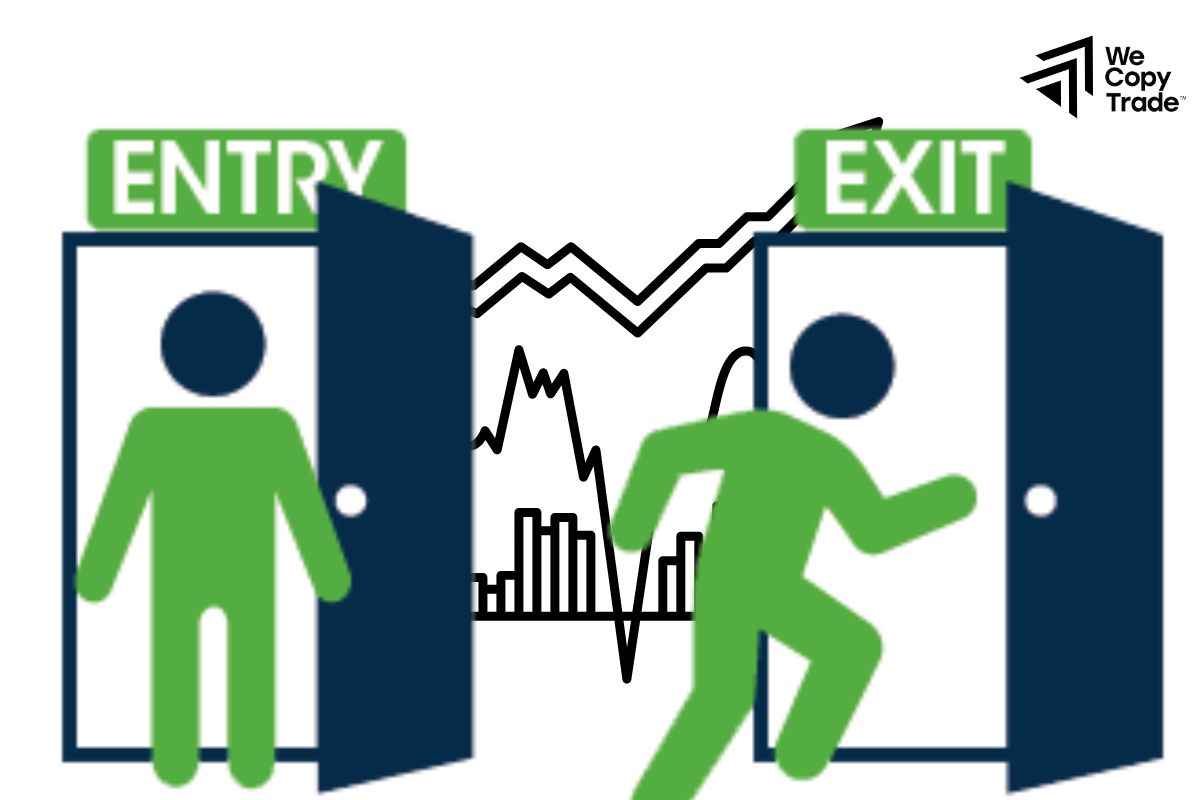
- Identify technical or fundamental signals to decide when to open a new position.
- Set stop loss and take profit orders to protect profits and limit losses.
- Strictly follow the set entry and exit points to avoid emotional decisions.
Balance your win rate and risk/reward ratio
- Aim for a certain win rate.
- Make sure that the profits from winning trades exceed the losses from losing trades.
Use stop-loss orders
Setting stop-loss orders to automatically close your position when the price drops to a certain level helps you avoid large losses.
Use technology to make trading more accurate
Computers and trading software help us perform complex calculations quickly and accurately, minimizing errors in determining position size. When the position size is calculated accurately, we can better control the risk, avoiding unnecessary losses.
Check and adjust regularly

- Regularly review your trading strategy to ensure it is still suitable for the current market situation.
- Be willing to adjust the risk ratio depending on market volatility and your own comfort level.
- By balancing win rate and reward/risk ratio, we can maximize long term profits.
Common Mistakes to Avoid with Fixed Fractional Trading Strategy
While Fixed Fractional Trading Strategy betting is an effective risk management tool, there are some common mistakes you can make if you are not careful:
Overtrading
Just because you have allocated your capital appropriately to each trade does not mean you can trade continuously. Overtrading can lead to hasty decisions and increase overall risk. Wait for high-quality trading opportunities instead of trading haphazardly.
Ignore other types of risk

Even if you have controlled your risk on each trade, you may still face risk when all of your trades are in the same asset class or are affected by the same factor. Be aware of unexpected events or large market movements that can affect your entire portfolio.
Not adjusting to the market
When the market becomes volatile, you need to adjust your risk level accordingly. For example, you can reduce your risk ratio or narrow your stop loss.
Too focused on short-term results
- Fixed fractional betting is a long-term strategy that requires patience. Don’t focus too much on the results of a few trades, but look at the overall performance over a long period of time.
- Evaluate the effectiveness of the strategy based on a large amount of data and real-world results.
Comparing Fixed Fractional and Fixed Ratio Methods
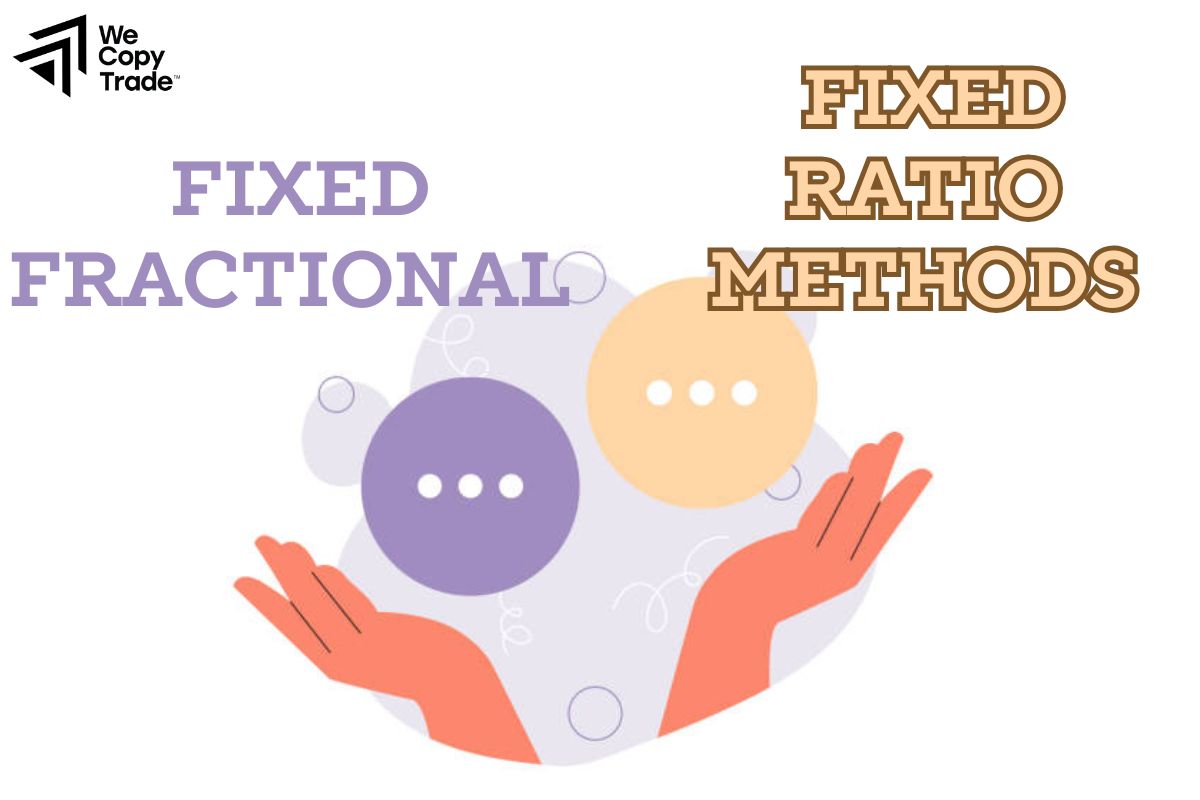
Both fixed fraction and fixed ratio are popular money management methods in trading, aiming to protect the account and optimize profits. However, there are some differences between the two methods that should be noted:
- Fixed fraction is a method that limits the risk for each trade to a fixed percentage of the total account.
- Fixed ratio is a method that relies on a fixed delta to decide the number of contracts to trade. Delta here represents the amount of money needed to open a new position.
| Features | Fixed Fraction | Fixed Ratio |
| Principle | Limit risk as a percentage of the account | Based on a fixed delta |
| Advantages | Simple, flexible, easy to control risk | Increase position size, protect profits |
| Disadvantages | May miss opportunities, not take into account profits | Less flexible, difficult to adjust |
| Suitable for | Beginner traders who want to control risks tightly | Experienced traders who want to take advantage of profits |
Conclusion
In conclusion, the Fixed Fractional Trading Strategy is an effective risk management method that helps you build a sustainable trading strategy and increase your chances of success. However, this is only a part that helps you achieve your goals. Combine it with other factors such as technical analysis, fundamental analysis and trading discipline to achieve the best results.
See now:











